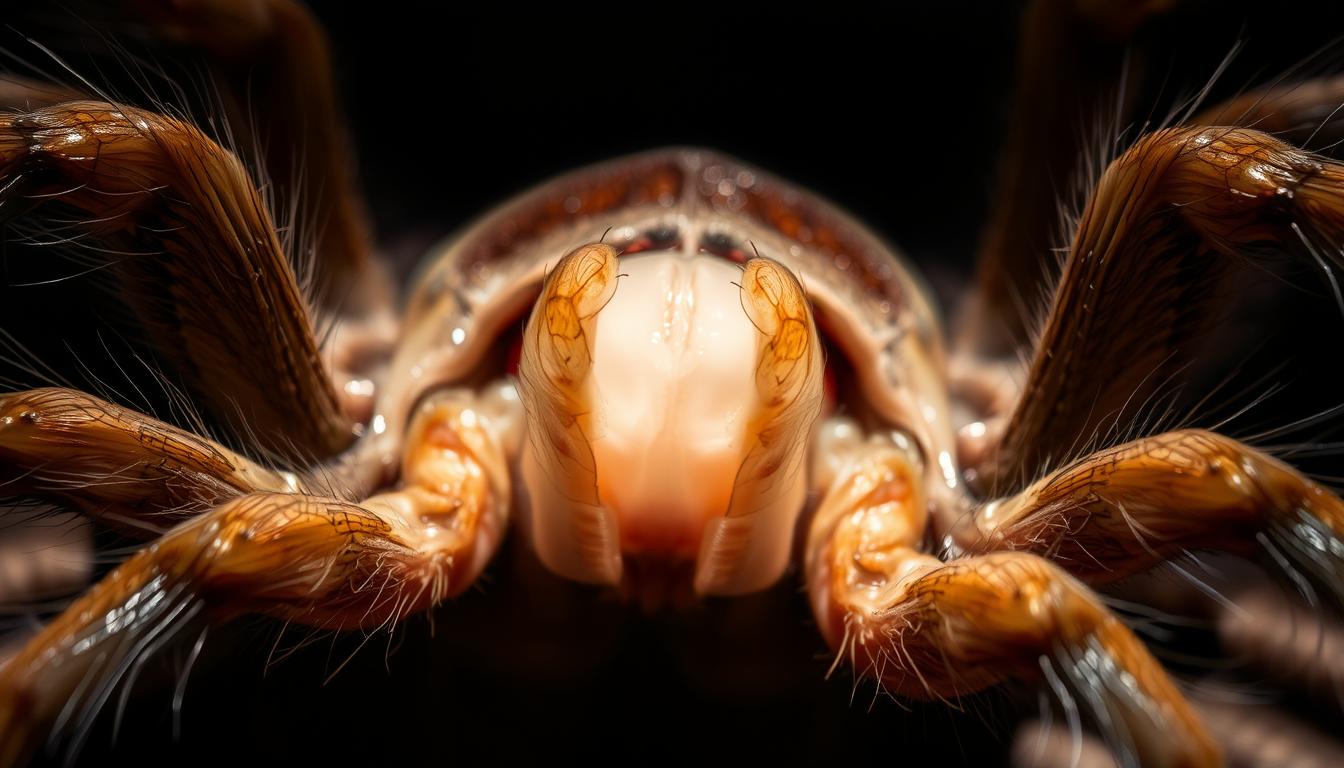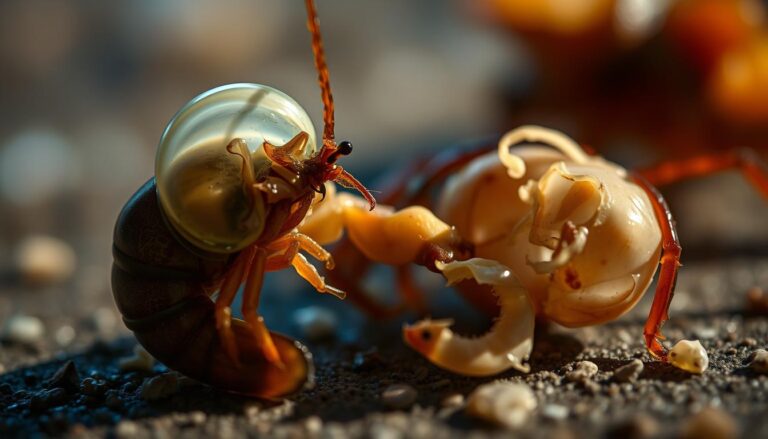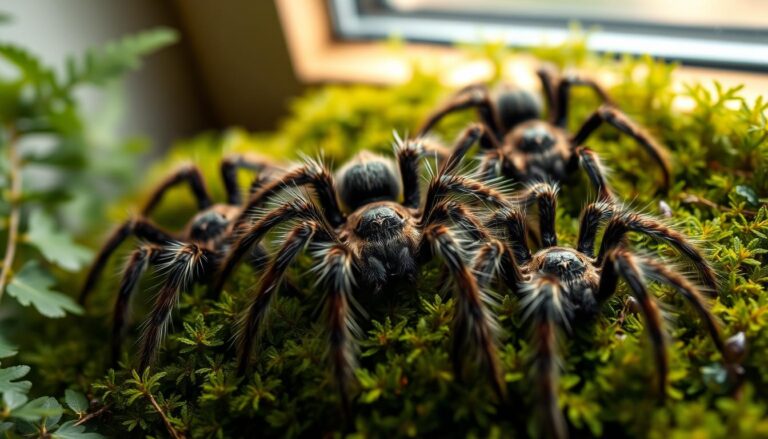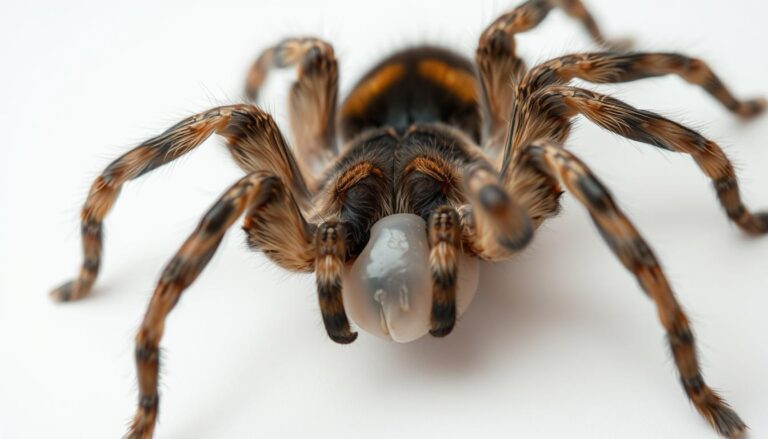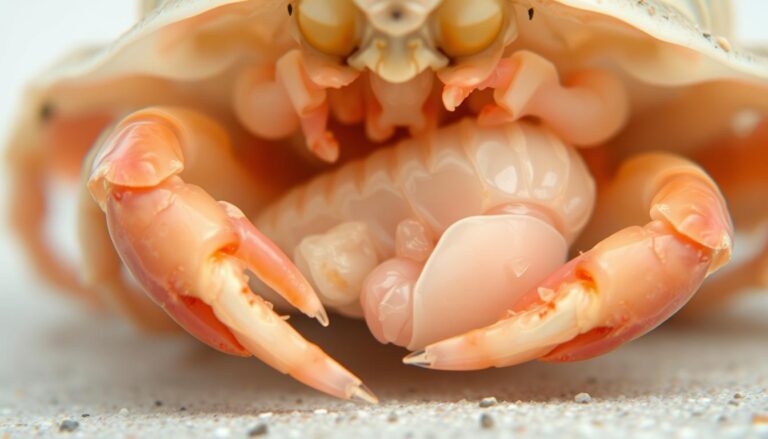Tarantula Molting Process Explained: Signs and Handling Precaution
Have you ever wondered why some creatures shed their outer layer to grow? For tarantulas, this natural phenomenon is not just fascinating but essential for their survival. Understanding the tarantula molting process can help owners provide the best care during this critical phase. Molting is a biological mechanism that allows tarantulas to grow by shedding…
Have you ever wondered why some creatures shed their outer layer to grow? For tarantulas, this natural phenomenon is not just fascinating but essential for their survival. Understanding the tarantula molting process can help owners provide the best care during this critical phase.
Molting is a biological mechanism that allows tarantulas to grow by shedding their exoskeleton. This process can take anywhere from 15 minutes to a full day, depending on the spider’s age and size. Young tarantulas molt monthly, while adults may only molt once every year or two.
During this time, tarantulas are highly vulnerable and require specific handling precautions. Knowing the signs of molting and how to support your spider can ensure a smooth transition and optimal health.
Key Takeaways
- Molting is essential for tarantula growth and development.
- The process can last from 15 minutes to 24 hours.
- Young tarantulas molt monthly, while adults molt less frequently.
- Adult males molt only once after reaching maturity.
- Proper care is crucial during and after molting to ensure safety.
Understanding the Tarantula Molting Process
Ecdysis, the scientific term for shedding, plays a critical role in a spider’s growth and survival. This biological process involves the splitting of the old exoskeleton from the carapace to the abdomen, allowing the spider to emerge with a new, larger shell. For many species, this is a delicate and vulnerable phase.
The physical stages of ecdysis are fascinating. First, the carapace splits, followed by the gradual emergence of the legs and body. The spider then fully extracts itself from the old shell. This process can vary in frequency, with younger spiders shedding more often than adults.
Species-specific variations also exist. For example, New World spiders often show a darkening abdomen before ecdysis, while Old World species may exhibit different signs. Some, like the Theraphosa, may fast for up to three months before shedding.
One remarkable aspect of ecdysis is the ability to regenerate lost limbs. During this process, spiders can regrow damaged or missing legs, showcasing their incredible adaptability. After shedding, the new exoskeleton hardens over time—hours for spiderlings and days for adults.
Studies from Cornell University have validated these behaviors, providing deeper insights into the complexities of ecdysis. Understanding this process helps ensure proper care for spiders during this critical phase.
Key Signs Your Tarantula Is About to Molt
Recognizing the signs that your spider is preparing to shed is crucial for its well-being. These indicators can help you provide the right care and avoid unnecessary stress. Here are the key behaviors and physical changes to watch for.
Lying on Its Back or Side
One of the most noticeable signs is when your spider lies on its back or side. This position is often mistaken for a dead spider, but it’s a natural part of the shedding process. Unlike a death curl, where the legs tuck under the body, this inverted posture is a clear pre-shedding behavior.
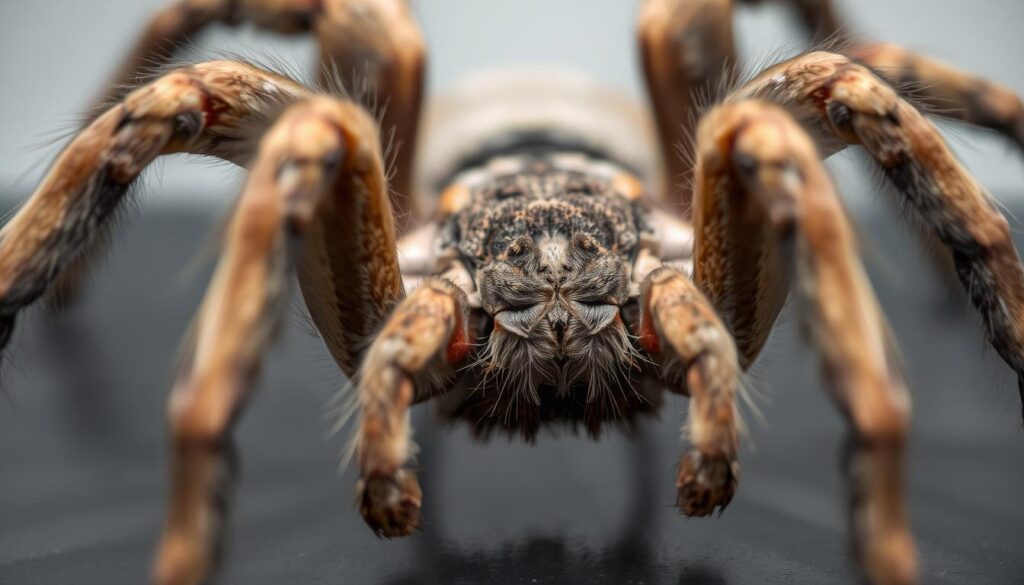
Changes in Appetite and Activity
Another common sign is a sudden stop eating. Juveniles may fast for 2-4 weeks, while adults can go without food for months. Reduced activity and lethargy are also typical. These changes are often misdiagnosed as illness, but they’re normal pre-shedding behaviors.
Physical Changes: Bald Spots and Coloration
Physical changes are another key indicator. The abdomen may darken as the new exoskeleton develops. Some species, especially New World spiders, show visible darkening. Bald spots and changes in coloration are also common as the old exoskeleton prepares to shed.
Here are some additional insights:
- Silk mats with urticating hairs are often constructed before shedding.
- Species-specific behaviors vary, with New World spiders showing more visible signs.
- Proper identification of these signs can prevent unnecessary intervention.
Understanding these signs ensures your spider stays healthy during this critical phase. Always monitor closely and avoid disturbing your spider when these behaviors appear.
Essential Handling Precautions During Molting
Proper handling during this critical phase ensures the spider’s health and safety. This stage is delicate, and even small mistakes can lead to complications. Here’s what you need to know to support your spider effectively.

Never Disturb a Molting Spider
When a spider is shedding, it’s crucial to avoid any disturbances. This is a vulnerable time, and interference can cause stress or injury. Make sure to keep the environment calm and quiet.
Remove all live prey, such as crickets, from the habitat before the spider begins to shed. Live prey can harm the spider during this phase. Sterilizing the habitat ensures a safe space for the spider to complete the process.
Maintaining optimal humidity is also essential. Use the partial cage wetting technique to adjust moisture levels. This helps prevent the spider from getting stuck in its old exoskeleton.
Post-Molt Care
After the spider sheds, it remains vulnerable. Avoid handling it for at least one week. This allows the new exoskeleton to harden properly. Feeding should also be delayed for seven days or more to ensure the spider’s health.
Here’s a step-by-step environmental checklist to follow:
- Stabilize the temperature to avoid fluctuations.
- Control substrate moisture to maintain proper humidity.
- Use visual monitoring techniques to observe the spider without disturbing it.
Never attempt to remove the old exoskeleton. The spider may repurpose it for other uses. According to Princeton University’s injury statistics, premature handling can lead to severe harm.
In case of emergencies, refer to Laurel Veterinary Clinic’s contact protocols. Being prepared ensures you can act quickly if something goes wrong.
Conclusion
Ensuring a stress-free environment is key to supporting your spider’s natural growth cycle. Proper care during this phase requires vigilant monitoring and precise environmental control. Recognizing fasting behaviors and maintaining optimal humidity are critical steps to ensure a smooth transition.
Advanced tactics like dual-molt tracking can help predict future cycles with greater accuracy. This method allows owners to prepare and adjust care routines proactively. For adult spiders, understanding these patterns is especially important to avoid unnecessary stress.
Disturbance during this phase poses significant risks. Always prioritize a calm environment and avoid handling until the new exoskeleton hardens. For expert guidance, consult professionals via the (303) 469-5363 hotline.
Sharing knowledge within the arachnoculture community can enhance care practices. Engaging with fellow enthusiasts provides valuable insights and fosters a supportive network. Together, we can ensure the longevity and well-being of these fascinating creatures.

